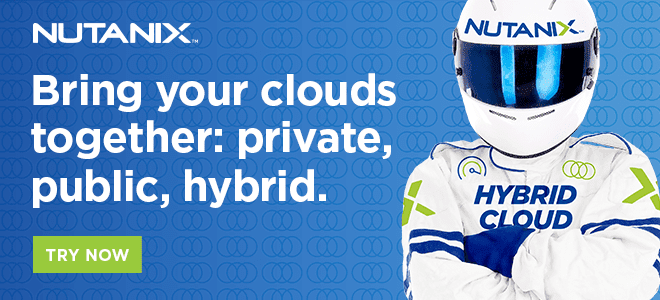For organizations to get the most out of cloud computing, they need ways to standardize technology and simplify operations across different cloud environments. That much is clear, according to the results of a new report, “Hybrid Cloud Is Here to Stay: Now What?” based on 2020 Vanson Bourne research commissioned by Nutanix, a cloud software company that pioneered hyperconverged infrastructure (HCI).
In that study, more than two-thirds (70%) of organizations interviewed reported that achieving consistent IT operations across private and public clouds is taking longer than planned.
“Without interoperability among cloud infrastructures and the ability to easily move workloads back and forth between them, IT teams have to rearchitect their applications to make them cloud-native,” said Wendy Pfeiffer, Nutanix CIO. “That can be a time-consuming, resource-intensive prospect that slows down progress with corporate digital initiatives.”
Bumps in the Road
Rebuilding apps and the complexity of cloud migration are both top concerns voiced by about three-quarters of survey respondents. They said these are the main issues holding them back from deploying public cloud services and, in turn, creating hybrid private/public cloud infrastructure. The majority (85%) agreed that hybrid cloud is their ideal IT operating model.











